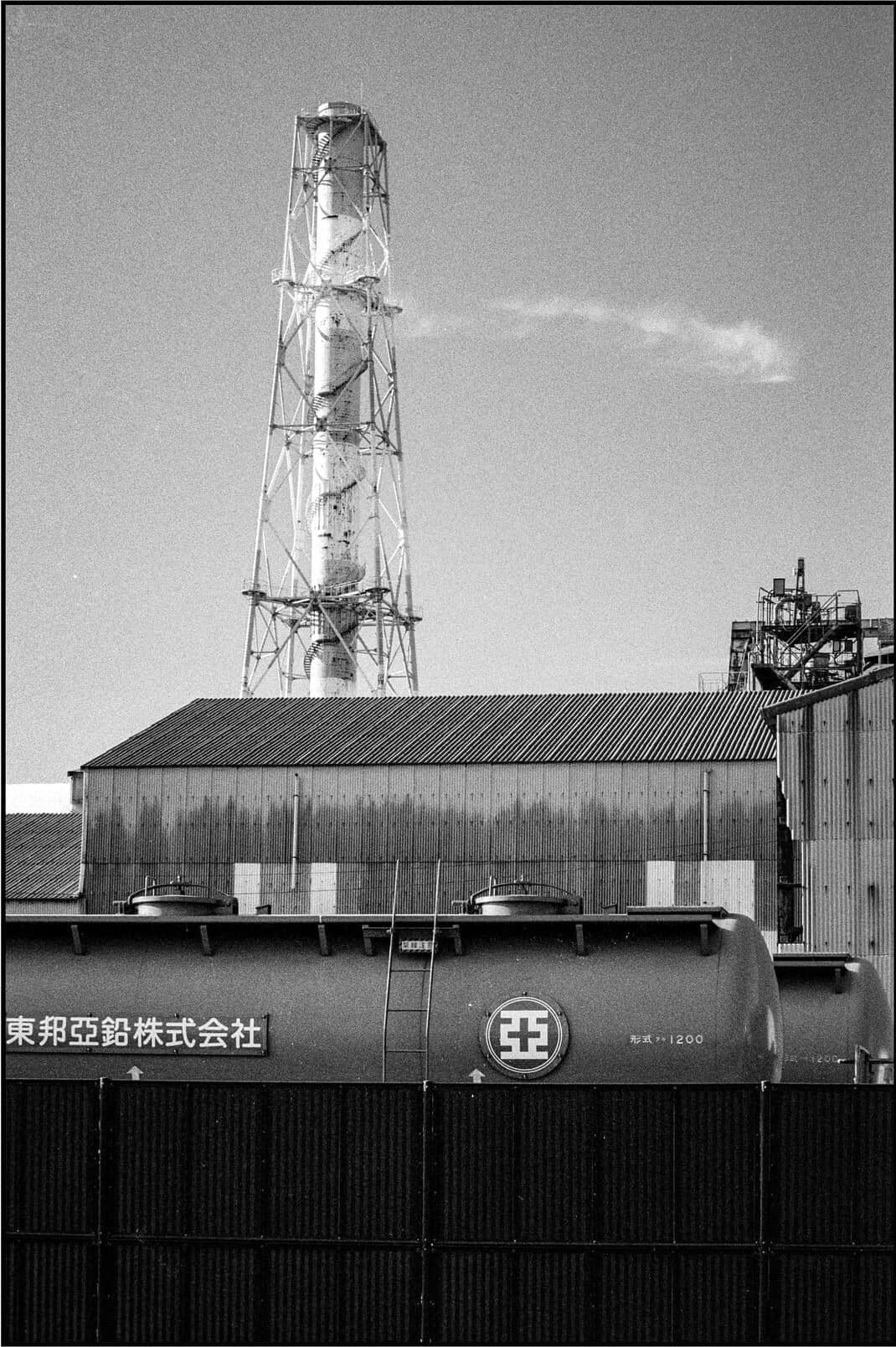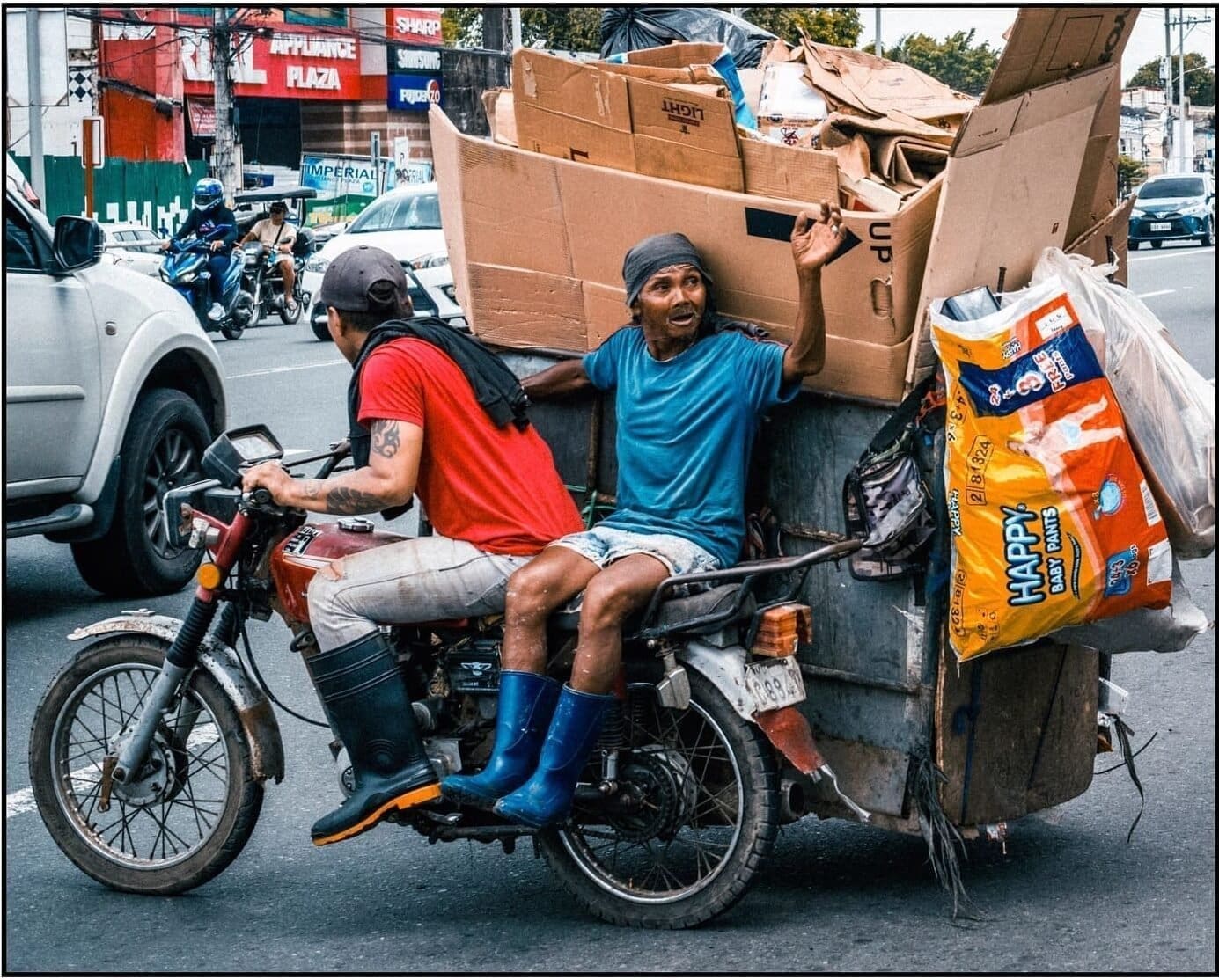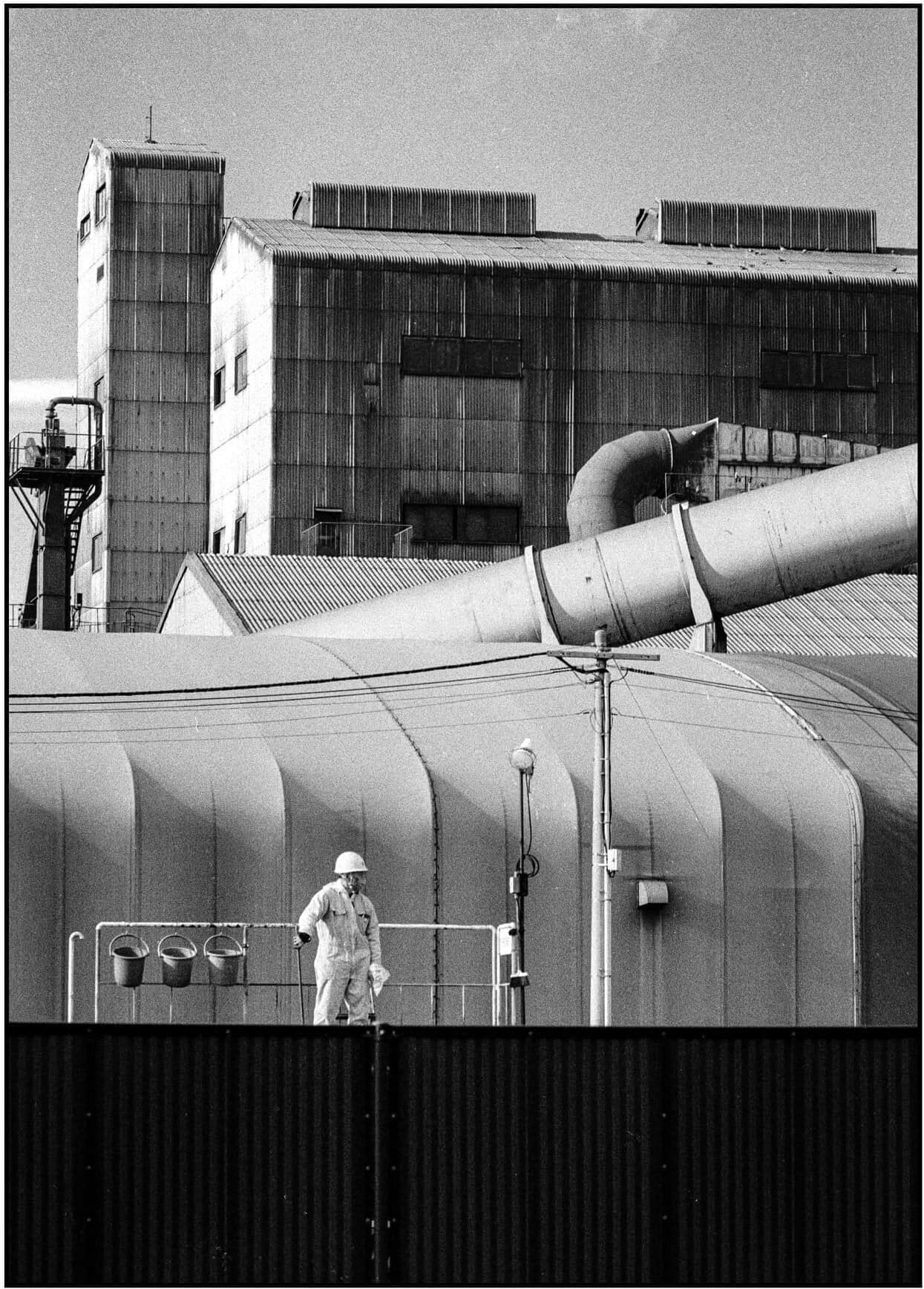
Fukushima Industrial Grit: Capturing Forgotten Narratives in Black and White
Stepping into the industrial heart of Iwaki, Fukushima, I was immediately enveloped by an aura of hushed abandonment, a place where the past lingers in the air, etched into the concrete and steel. The notion of capturing this Fukushima Industrial Grit was both haunting and compelling, a testament to stories untold yet vibrant amidst the rust and ruin. As I stood there with my trusted Nikon FM2 loaded with black and white Ilford HP5+ film, I felt an urgency to immortalize the grit, the forgotten details that speak of times once bustling with life and labor.
The Allure of The Industrial Scene
Industrial landscapes in Japan hold a unique allure, a stark yet beautiful juxtaposition of nature and machinery. These scenes offer an extraordinary canvas for documentary photography, where each shot is a silent narrative of transformation, decay, and survival. The choice to photograph these settings in black and white aligns perfectly with the aim to highlight texture and contrast, enhancing the visual narrative of these forgotten places. This decision draws attention to the intricate play of light and shadow across jagged lines and rugged surfaces, capturing the essence of an era gone by.
Strongly rooted in the analog photography tradition, using Ilford HP5+ film offers a classic grain structure, granting the images a vintage yet timeless quality. It’s a medium that demands patience and precision, reminiscent of the slow, deliberate industrial processes of the past. The Nikon FM2, a reliable companion known for its durability and simplicity, enables me to focus wholly on composition and exposure without digital distractions. This absence of modern technology in the process mirrors the abandoned, digital-free era of the scenes I’m photographing, adding an authentic layer to the images.
Exploring Everyday Japan Through Visual Narratives
In urban Japan, industrial scenes like those in Iwaki, Fukushima, are often overlooked, yet they weave an integral part of the country’s socio-economic fabric—a testament to a time when these giants of industry powered the nation. Delving into these landscapes, my aim was to explore not just the physical environment but the stories embedded within the rust and concrete, revealing layers of history and human endeavor. By focusing on street scenes and industrial settings, this visual journey extends beyond mere documentation.
These urban spaces tell compelling stories of transformation—from bustling hubs of activity to their current state of quiet decline. Every photograph reflects a narrative of resilience, the persistence of structures weathered by time yet standing strong, echoing the resilience of Fukushima and its people. These images capture moments suspended in time, offering glimpses into the everyday life often missed amidst the chaos of modern urban landscapes.
Capturing the Essence of Rust and Ruins
Walking through these industrial relics, I am repeatedly struck by the beauty in decay. The stark contrasts of black-and-white film emphasize the textures and imperfections that simply vanish in the color spectrum. It is through this lens that we find beauty in decay, a theme that resonates strongly in Japan photography. The film’s grain and contrast breathe life into the stark landscapes, bringing out details that tell a deeper story beyond the surface.
For an immersive exploration of these techniques and tools, check out this Fukushima Industrial Grit post. These scenes encourage us to ponder on the passage of time and the narratives we find in the facets of neglect and endurance.
Insights and Reflections
Photography, especially in a setting as evocative as this, is not merely about capturing an image but about engaging with a place on a deeper level. The Fukushima Industrial Grit is a testament to resilience, a portrayal of forgotten narratives embedded in steel and concrete. It challenges viewers to acknowledge not only the beauty within decay but also the passage of time and the stories these spaces whisper if we only take the time to listen.
Reflecting on these experiences, there is a profound sense of gratitude for the opportunity to document and preserve these industrial landscapes through the lens of my Nikon FM2. It reminds me that every location has a story waiting to be told—a gentle invitation to delve deeper into the history and narratives that define a place.
In these powerful reflections, the fusion of photographic technique and environmental storytelling creates a rich visual narrative that speaks to both the heart and the mind, inviting a deeper exploration of the unseen stories captured within each frame. The exploration of Fukushima Industrial Grit is not just a documentation of decay but an enduring narrative of resilience and history, beautifully preserved in black and white.



